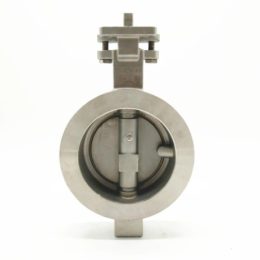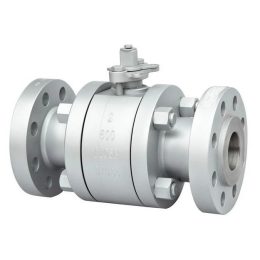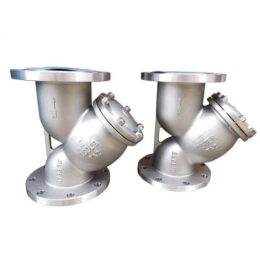What to Consider When Installing a Ball Valve
Ball valves are widely used in various industries due to their ease of operation and reliability. However, there are several important things to consider when installing a ball valve to ensure that it functions effectively and safely. Here are some additional details on the points mentioned in the original document:
1. Installation Position, Height, and Direction
The valve’s installation position, height, and direction should follow the design requirements. It is important to consider the fluid flow direction and to avoid installing the valve in a position that would obstruct the flow. The valve’s import and export connections should be firm and tight to avoid leaks. Additionally, it is important to ensure that the valve is secured properly to prevent any accidental damage or movement.
2. Manual Valves
Manual valves installed on thermal insulation pipelines must not face downwards. This is to prevent water from entering the valve and causing malfunction. It is also important to ensure that the valve is easily accessible and that the valve handle is easy to operate.
3. Visual Inspection
Before installing the valve, conduct a visual inspection to ensure that the valve’s nameplate complies with the current national standard “General Valve Marking” GB 12220. For valves with a working pressure greater than 1.0 MPa and a cut-off effect on the main pipe, conduct a strength and tightness performance test before installation. The valve can only be used if it passes the test. During the strength test, the test pressure should be 1.5 times the nominal pressure, and the duration should not be less than 5 minutes. The valve housing and packing should be qualified without any leakage. During the tightness test, the test pressure should be 1.1 times the nominal pressure, and the test duration should meet the requirements of the GB 50243 standard. The valve flap sealing surface should not have any leakage to be qualified. It is important to keep detailed records of these tests and to ensure that the valve is periodically inspected to ensure continued functionality.
4. Gasket Installation
Install a gasket between the valve flange and the pipeline flange according to the pipeline design requirements. This helps to prevent leaks and ensure the valve’s functionality. It is important to use the appropriate gasket material for the specific fluid and temperature conditions.
5. Ball Valve with Drive Mechanism
If the ball valve has a drive mechanism, follow the product manual for installation instructions. It is important to ensure that the valve is properly lubricated and that the drive mechanism is functioning correctly.
Working Principle of a Ball Valve
The ball valve’s opening and closing part is a sphere that rotates around the center line of the valve body to achieve the opening and closing of the valve. This design allows for quick and easy operation and is highly reliable.
Proper installation of a ball valve is essential to ensure its functionality and reliability. By following the above guidelines and paying attention to the details, you can ensure that your ball valve is installed correctly and operates smoothly for years to come.
- What to Consider When Installing a Ball Valve
- How to Check the Performance of the Valve Before Leaving the Factory
- Socket Welding Check Valves: A Comprehensive Guide
- Attention to Details of Forged Steel Valve Maintenance
- Introduction To The Protection Of Valve Corrosion
- The Top Butterfly Valve Manufacturers in the USA



